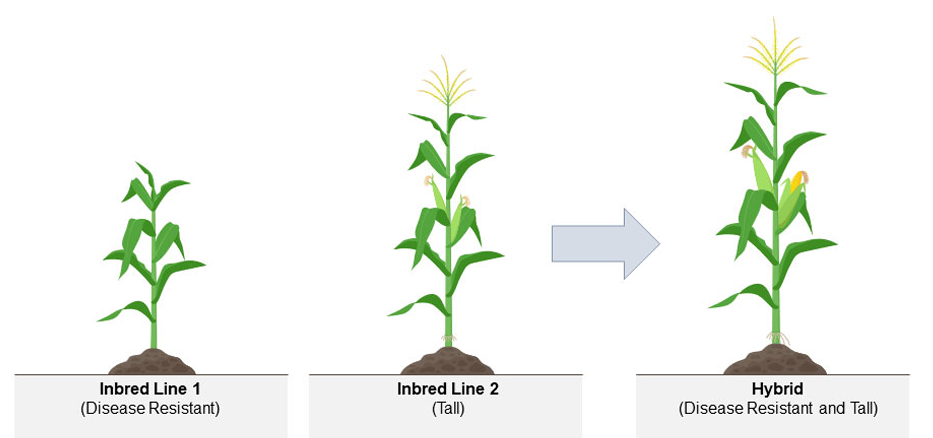by Dennis Crouch
The ongoing dispute between Inari Agriculture and Pioneer Hi-Bred over utility plant patents has taken its next step, with Inari seeking Director Review of the PTAB's denial of institution in PGR2024-00020 -- arguing that a patentee's reliance on its own trade secret information when developing its invention (here a maize variety) is directly relevant to the question of obviousness. The case raises interesting and fundamental questions about the intersection of trade secrets and patent law in the context of plant breeding. Inari Agriculture, Inc. v. Pioneer Hi-Bred International, Inc., PGR2024-00020, Paper 19 (P.T.A.B. Oct. 24, 2024).
To continue reading, become a Patently-O member. Already a member? Simply log in to access the full post.
